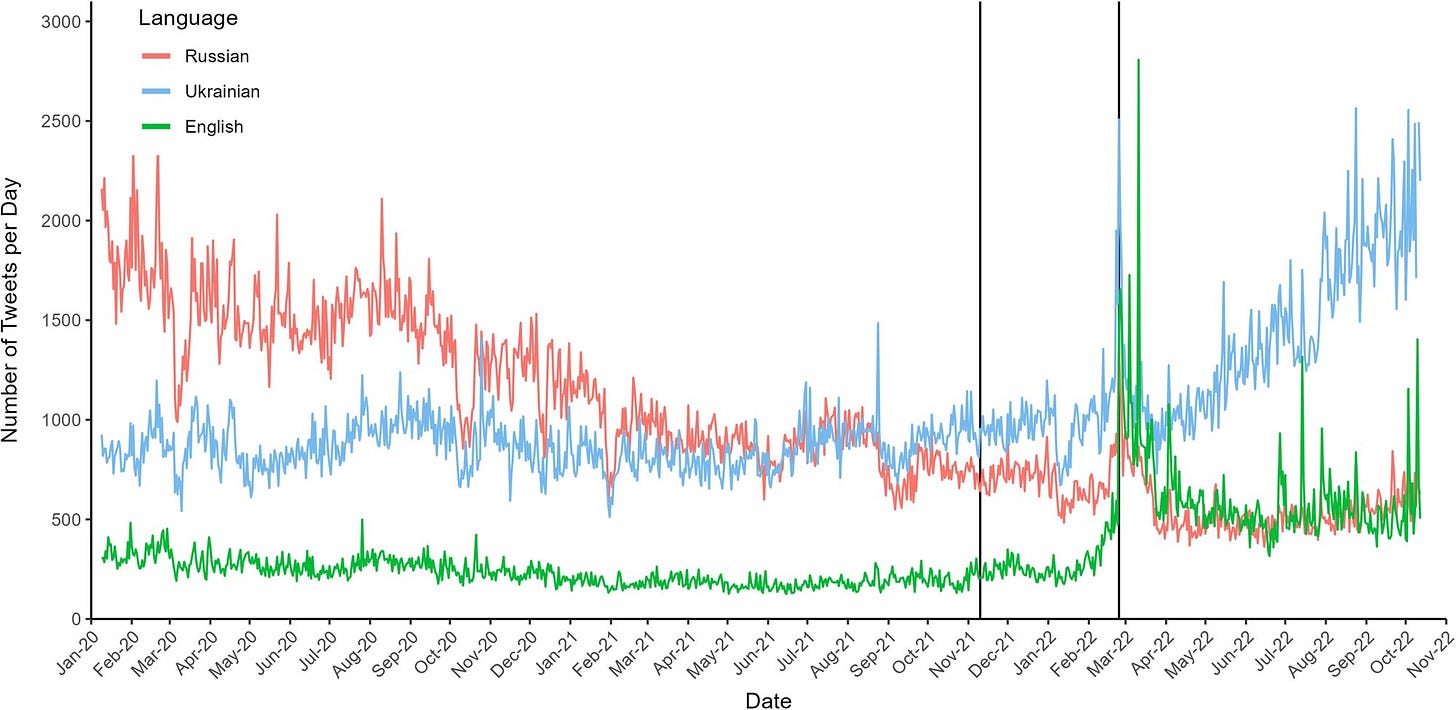🦦 Furry engineers: How sea otters save our shores
Hey there!
Discover sea otters battling erosion in California and the dazzling predicament of nighttime bugs, all in this issue of Hypertextual, where science gets interesting.
Sea otters against erosion
Along the central coast of California, sea otters are pretty busy. They help to prevent the land from washing away into the ocean. Here’s how they do it: by eating shore crabs. These crabs burrow into the ground and feed on plants, which makes the land less stable and more likely to erode.
Salt marshes, the grassy areas along the coast, provide habitat for many animals and plants. However, they face threats globally due to rising sea levels and increased water flow. In the salt marshes of Monterey Bay, the land was rapidly disappearing, at about 30 centimetres every year, partly because the crabs were consuming pickleweed, a crucial plant holding the soil together.
Nevertheless, in areas where sea otters are present to feast on the crabs, the vegetation is significantly thicker and healthier, which helps to keep the soil intact. Otters have also benefited the growth of other underwater plants, such as seagrass and giant kelp. In places where otters have made a comeback, the rate of land erosion has decreased to about 10 centimetres a year instead of 30. So, if you want your salt marshes to be stable and healthy, invite some sea otters!
Lights! Bugs! Action!
Why do moths and other nighttime bugs love buzzing around your lamp? It turns out their fascination with brightness could be explained by a built-in instinct to keep their backs to the light. This natural guidance system helps insects navigate the dark by aiming for the brightest spot in the sky, which usually means they fly right side up.
However, this system gets thrown off by artificial lights. Using special cameras to watch how exactly bugs fly, researchers discovered that insects get confused, flip over, and sometimes even crash to the ground when the light comes from below.
To keep these nighttime navigators safe, scientists recommend a simple fix: tone down lights that shine upwards and minimise reflections from the ground. This way, we can help our little insect friends avoid a dizzying and disorienting experience after dark.
Chart of the week
A study of 4.4 million tweets from Ukraine, posted between January 2020 and October 2022, showed a long-term shift from Russian to Ukrainian, which was already underway before the war but significantly accelerated after the large-scale Russian invasion.
Scientific one-liners
Plants and books in the background of Zoom calls make you look more competent, according to a recent study.
The study of 142 of the most influential cinematic works featuring AI revealed that a third of AI scientists are presented as “geniuses” on screen, with just one being a woman.
A 2024 study has found that Bigfoot sightings correlate with the presence of black bear populations. As black bear populations increase, sasquatch sightings are expected to increase. In North America in 2006, there were approximately 5,000 bears per bigfoot sighting.
Swearing helps people cope with pain. People who yell the “fuck” can bear a 33% increase in pain tolerance compared to people who yell similar-sounding non-swear words, like “fouch”.
The number of active serial killers in the US dropped from nearly 300 in the 1970s to fewer than 50 by the 2010s. This decline is mainly due to advancements in forensic science, policing, and technology.
ChatGPT’s butterfly effect
Adding a space at the beginning of a prompt affected ChatGPT’s responses in over 500 of 11,000 cases. Requesting answers in a specific file format also reduced its accuracy by up to 6 per cent. Researchers compare this to the butterfly effect, with minor changes having significant impacts.
Swiftynomics 101
A University of Kansas professor launched the Swiftynomics 101 curriculum, turning Taylor Swift’s romance with NFL’s Travis Kelce into a classroom hit.
From boosting the NFL’s Gen Z viewership to sparking a merch frenzy, Taylor Swift’s presence has morphed into at least a $331 million brand bonanza. Meanwhile, economics teachers leverage Swift’s star power to drill down on concepts like the Theory of the Firm. So next time you see a spike in NFL jersey sales among teenage girls, remember: it’s just Swiftynomics at work.
Thanks for reading! If you enjoyed it, do me a favour and share this newsletter with your friends and fellow science enthusiasts. See you next time!
Elia Kabanov is a science writer covering the past, present, and future of technology (@metkere).
Illustration: Elia Kabanov feat. MidJourney.



